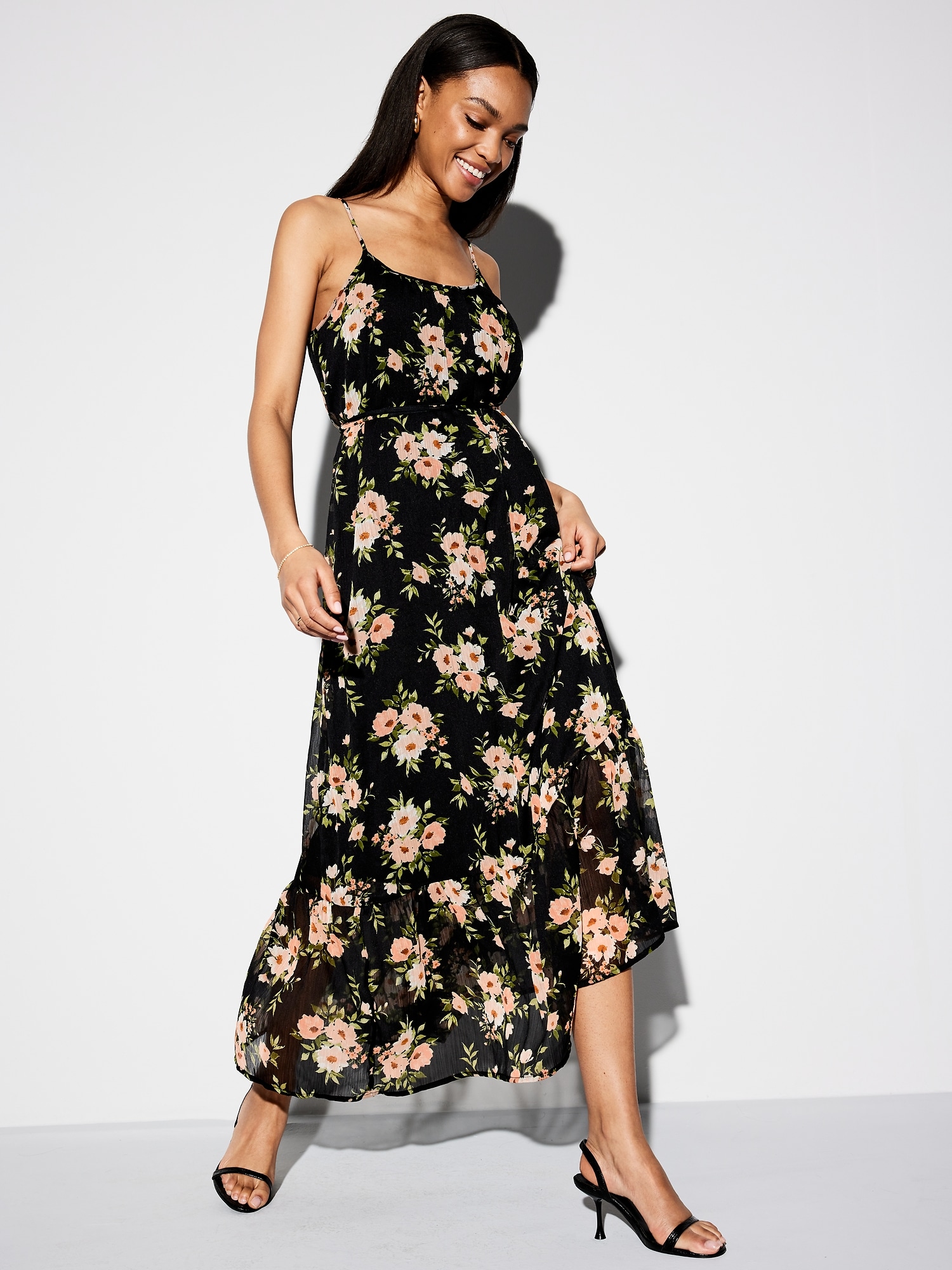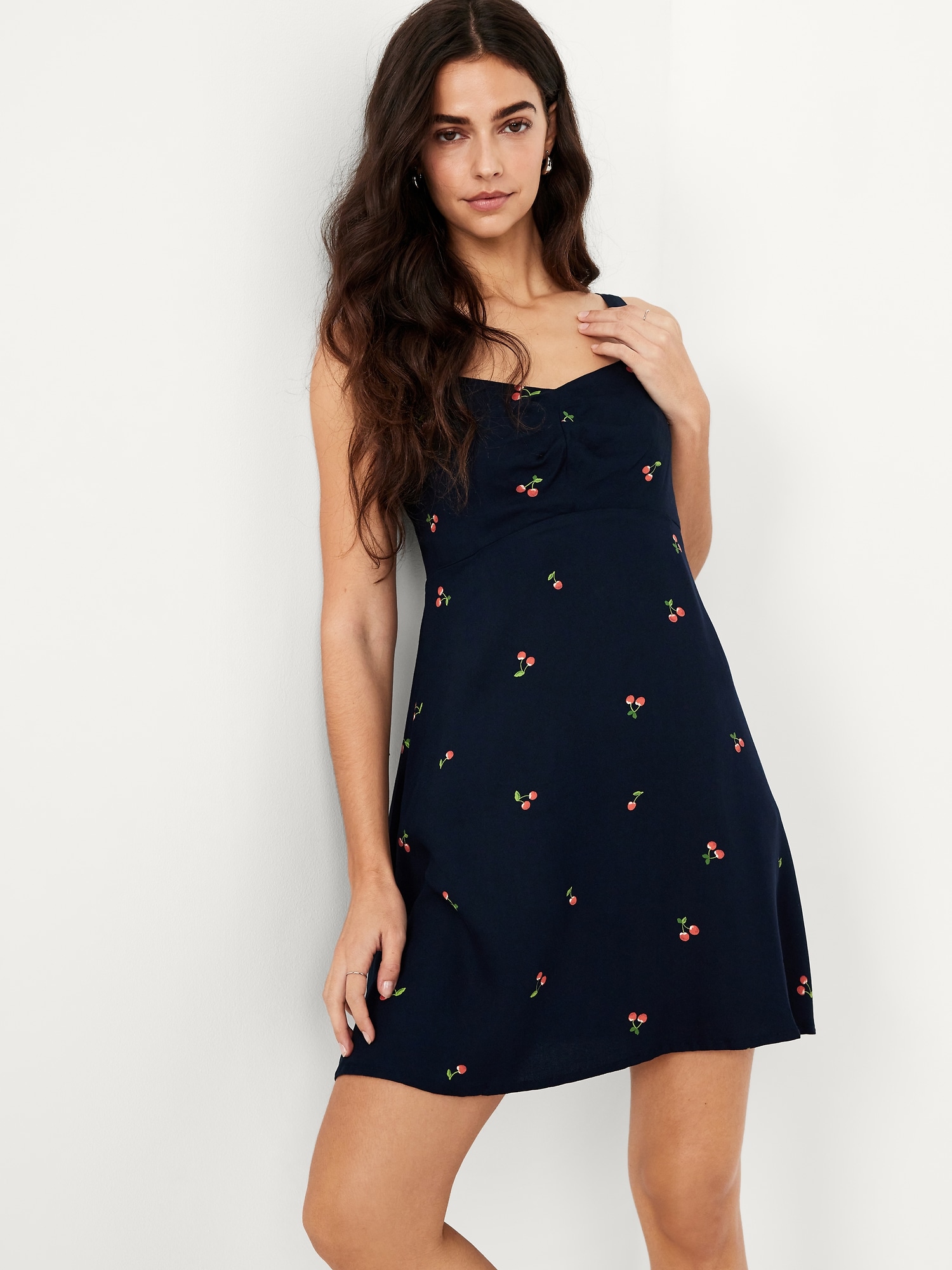How to Style Your Old Navy Dress for Every Season
An Old Navy dress is more than a single-use garment; it’s a foundational piece for a dynamic, year-round wardrobe. Its versatility stems from thoughtful design, quality fabrics, and classic silhouettes that transcend fleeting trends. This guide moves beyond simple layering tips to explore how you can leverage the inherent properties of your dress—its color, cut, and material—to create scientifically sound and aesthetically pleasing ensembles for spring, summer, fall, and winter. We will integrate principles of color theory, textile science, and thermal regulation to provide a comprehensive styling strategy.
Spring: Awakening Your Wardrobe with Color and Lightness
Spring styling is fundamentally about transition and renewal. The key objective is to bridge the gap between winter’s heaviness and summer’s bareness. From a color theory perspective, spring palettes often incorporate analogous colors (those next to each other on the color wheel) to create harmonious, refreshing looks. A pastel-hued Old Navy dress, for instance, can be paired with a mint green cardigan or a soft yellow denim jacket. This approach is supported by the work of color theorist Josef Albers, who in his book Interaction of Color demonstrated how adjacent colors can create a sense of vibrancy and unity. The scientific explanation lies in how our eyes perceive these combinations as naturally occurring and therefore pleasing. Furthermore, the choice of fabric weight is crucial. As temperatures fluctuate, layering with lightweight materials like a thin cotton-knit cardigan or a unlined trench coat allows for effective thermoregulation. Your body can maintain a comfortable temperature without being overwhelmed by heavy fabrics. A floral-print Old Navy dress is particularly effective for spring, as patterns can distract from any bulk added by layers, creating a cohesive and light-looking outfit. The psychological impact is significant; wearing lighter colors and fabrics after a long winter can positively influence mood, a concept often explored in environmental psychology.

Summer: Mastering Breathability and Sun Protection
Summer styling is an exercise in material science and comfort management. The primary goal is to stay cool while protecting your skin from harmful UV radiation. The most critical factor is the fabric composition of your Old Navy dress. Natural fibers like cotton and linen are highly breathable because their structure allows for maximum air circulation, facilitating the evaporation of sweat, which is the body’s primary cooling mechanism. In contrast, synthetic fibers like polyester, unless specifically engineered for moisture-wicking, can trap heat and moisture against the skin. A study from the University of Maryland’s Department of Materials Science and Engineering highlights that the hydrophilic (water-attracting) nature of cotton fibers makes them ideal for hot weather. Styling for summer is often about subtraction. Let the dress stand alone as the hero piece. However, for sun protection, a lightweight, oversized linen shirt worn unbuttoned over the dress serves a dual purpose: it provides a physical barrier against UV rays and adds a layer of effortless style. The loose fit ensures continued airflow. Accessories are also key. A wide-brimmed hat is not just a fashion statement; it provides shade for your face, neck, and shoulders, significantly reducing direct sun exposure. As the famous fashion editor Diana Vreeland once said, “The bikini is the most important thing since the atom bomb.” While about swimwear, this quote underscores the importance of garments that offer freedom and functionality in the heat, a principle that applies to a breezy summer dress.

Fall: The Art of Strategic Layering and Texture Play
Fall is the season for masterful layering, where texture and depth take precedence. The scientific principle at play is insulation: trapping layers of air between garments to create a thermal barrier. A simple Old Navy dress, such as a jersey shirtwaist style, becomes the perfect base layer. Over this, a chunky knit sweater adds both warmth and visual interest. The textural contrast between the smooth dress fabric and the nubby wool creates a sophisticated, tactile outfit. This concept is rooted in the Bauhaus design principle of “truth to materials,” where the inherent qualities of each material are celebrated and juxtaposed. From a practical standpoint, layering allows for easy adaptation to changing temperatures throughout the day. You can add a leather or denim jacket for cooler mornings and evenings, and remove it during the warmer afternoon. Footwear shifts from open sandals to ankle boots, which provide greater coverage and stability. The color palette also evolves. While spring is about pastels, fall invites richer, earthier tones. A neutral-colored dress can be paired with burgundy, olive green, or mustard yellow layers. As the landscape changes, so should your color choices, creating a harmonious relationship with your environment. This approach to building an outfit from a single, versatile piece is a cornerstone of sustainable fashion, maximizing the use of each item in your closet.

Winter: Embracing Volume and Functional Warmth
Winter styling requires a pragmatic yet stylish approach to staying warm. The challenge is to incorporate heavy layers without looking bulky. The solution lies in playing with proportions and utilizing advanced fabrics. Start with a long-sleeved Old Navy dress in a thermal or heavier jersey material as your base. The first layer should be snug to retain body heat. The real magic happens with the outer layers. A sleek, insulated puffer vest worn over the dress maintains core body warmth while allowing arm movement and creating a slimming silhouette. Underneath, a pair of opaque thermal tights or even thin leggings provides crucial insulation for the legs. This technique of layering thin, warm base layers under a statement piece is a secret used by those in cold climates, as noted in numerous outdoor survival guides. Footwear is non-negotiable: insulated boots with good traction are essential for both safety and comfort. To complete the look, accessories become functional necessities. A large, wool scarf adds another layer of warmth and a pop of color, while a beanie hat prevents significant body heat loss from the head. The overall effect is one of intentional, cozy volume rather than shapeless bulk. It’s a look that says you understand both style and the laws of thermodynamics. Investing in a quality winter coat that complements your dress-based outfits is a wise decision, and with Old Navy’s frequent sales, you can acquire these key pieces at a discounted price, bringing professional-level style to your wardrobe without overspending.

Your Old Navy dress is a chameleon, ready to adapt to any weather condition with a bit of strategic planning. By understanding the principles of color, fabric, and layering, you unlock a world of possibilities from a single garment. This methodical approach to dressing not only simplifies your daily routine but also fosters a more mindful and sustainable relationship with your wardrobe. The true power of this versatile piece is realized when you see it not just as a dress, but as the central component of a flexible and intelligent styling system.






